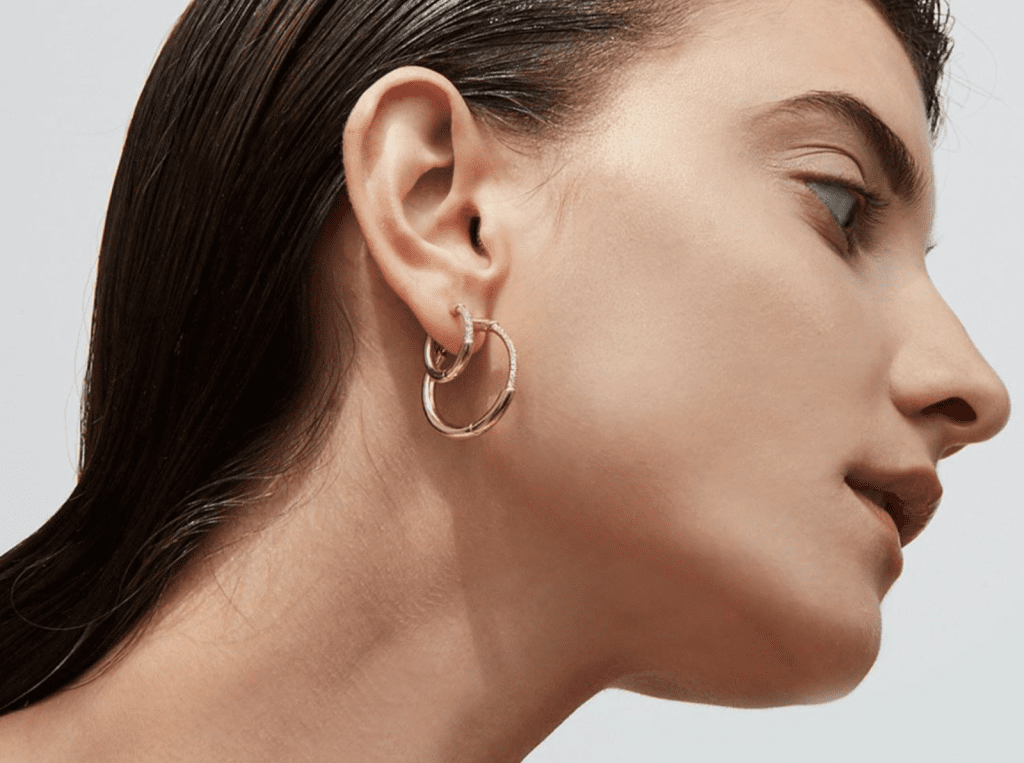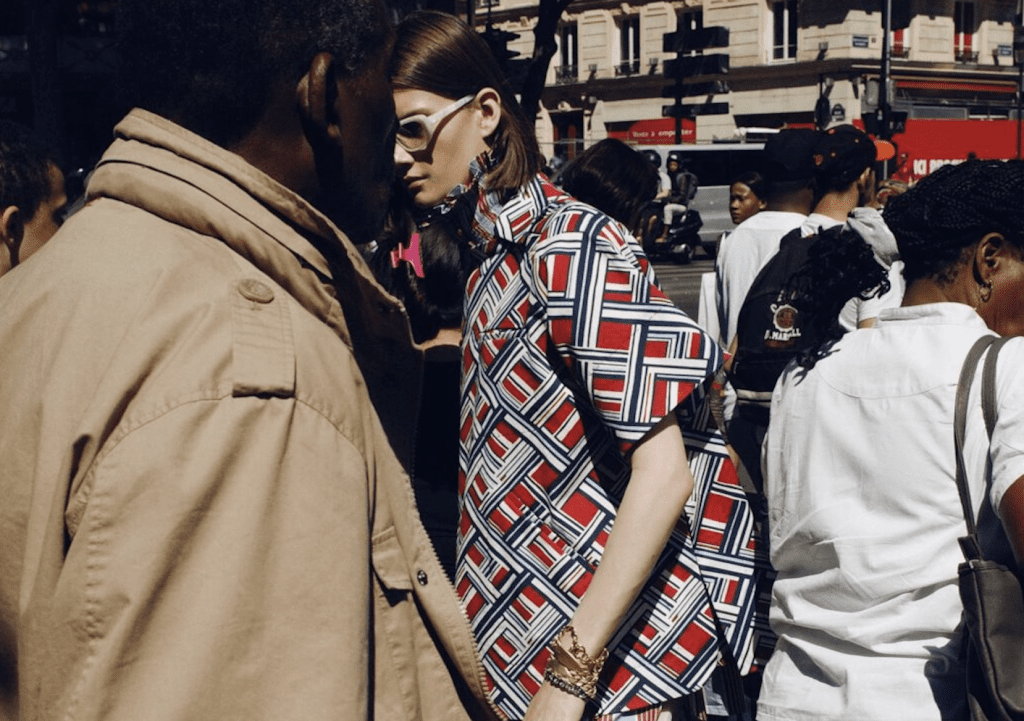In an interview last month, David Yurman reflected on the effect that the COVID-19 virus is having on his globe-spanning brand. “We’re trying to figure out how we can actually still do business in this environment,” the man behind the privately-held label told the Wall Street Journal. “We’re trying to figure out how we financially survive this.” The 40-year old brand, which generates an estimated $650 million in sales each year, is not immune to the mandated non-essential business closures and the drop in consumer spending that are directly impacting the jewelry industry as a whole, and the purveyors of non-essential consumer goods, more generally.
The luxury market – jewelry companies included – are expected to take some of the hardest hits as a result of the spread of COVID-19 due to the inherently-discretionary nature of their offerings. Tiffany & Co., for one, has closed stores across the globe; postponed the rollout of its new T1 collection, one that “the company hoped would drive its business forward into the second half of the year;” and expects its acquisition by LVMH Moët Hennessy Louis Vuitton to be pushed back to “the end of 2020,” as opposed to the formerly-cited “middle of 2020” range.
As a whole, the iconic jewelry company – which says that in addition to safeguarding its workforce in light of COVID-19, it is “focusing on … returning to normal operations” – expects to take a significant hit to its bottom line for the year as a result of the deadly virus, already reporting a drop in sales for the quarter ending January 31, 2020, “which included the onset of the coronavirus outbreak in China,” according to the WSJ.
Despite the fact that sales are likely to continue to plummet for jewelry companies and other luxury entities (luxury, as a whole, is slated to lose between $450 billion and $600 billion in sales in 2020, alone, due to the Coronavirus), industry stalwarts – whether it be Yurman, Tiffany & Co. (which currently has a $15.55 billion market valuation), or LVMH-owned Bulgari, for instance, that latter of which is reportedly among the jewelry companies already seeing recovery in China – will almost certainly weather the storm that is COVID-19. They are also relatively well-positioned to withstand the financial implications that are likely to follow from the global health pandemic as consumers remain out of work and recessionary spending habits kick in.
This is due, in part, to the level of consumer recognition that exists in connection with these world-famous brand names; something that has been built up and maintained over decades. Diversified supply chains that are inherently more capable of offsetting disruption, strong e-commerce capabilities (particularly in a direct-to-consumer capacity), and sizable cash reserves also play a large role in helping to sustain big-name brands in times of volatility.
But what about the smaller companies that do not have decades of name-recognition to lean on, and that are oftentimes more reliant on wholesale orders and third-party retailers than their more time-tested counterparts? The prospects are not necessarily as rosy.
“Sales have and will continue to take a tremendous hit for jewelry companies,” says publicist Francesca Simons, whose client roster consists exclusively of jewelry brands, which range from Martyre, the Los Angeles-based jeweler that recently teamed up with former One Direction member Zayn Malik, to California-based fine jewelry brand KATKIM. Even if brands maintain a strong e-commerce presence, she says that “most production [facilities] are closed, meaning that brands cannot create pieces to sell to their customers.” As a result, sales are dropping to zero in some cases, which is something that no small number of indie brands are equipped to handle, as few “have enough funds readily on hand to support them while they ride this wave out.”
As for brands that have stock on hand that was slated for delivery to retail partners, Simons says that many retailers “have cancelled [orders] entirely or altered the original terms and requested large discounts” to the detriment of the brands, while trade shows are being cancelled outright or postponed, thereby, calling for a “restructuring of the wholesale dynamic” with brands scrambling to host “virtual meetings, tours, and virtual collection launches” in place of “in-person meetings, desk-sides, and collection previews.”
The restructuring that Simons refers to can potentially run pretty deep. For KATKIM founder Katherine Kim, COVID-19 does not merely mean putting production of the brand’s bespoke engagement rings on hold in order to “ensure the health and safety of our team,” and thus, “putting delays on the timelines of delivery,” it means that the day-to-day operations look drastically different than they did just a few weeks ago. “I have 2 children at home – a 7 year old and a 4 year old. So, my role has completely shifted from running my business to doing that while juggling homeschooling and getting to all my emails and requests.”
“I am dreaming and sketching ideas of the next piece I want to create once we are able to get into the studio,” Kim states, but as of now, California’s non-essential businesses remain on lockdown, like others across the country, for the foreseeable future.
“Due to the government mandate, our studio remains closed so we cannot have any in-person meetings,” says Grace Lee, who started her Los Angeles-based eponymous jewelry brand in 2008. “All of our fine jewelry is custom made-to-order so we are not able to produce currently since our production facilities remain closed, as well.”
Lee is using this time to “focus on creating new designs and keeping in communication with [her] clients,” while also “fine tuning her brand’s website,” which has e-commerce capabilities. Her biggest concern in light of the swiftly changing landscape? “Not being able to pay our employees.” As of now, Lee says that she has “not made any cuts to pay or benefits,” and hopes her company “can continue to provide full compensation until the COVID crisis passes.”
This emphasis on digital is something that fellow jewelry designer Kimberly McDonald shares. To date, McDonald – who counts Michelle Obama, Cindy Crawford and Cameron Diaz, among others, as fans – has sold exclusively through third-party retailers like Bergdorf Goodman, Neiman Marcus, Moda Operandi, and Net-a-Porter. This has been an effective model for her brand, but given the onset of the virus, McDonald says that she and her team are focusing on launching the brand’s e-commerce site, from “creating content to working on the technical aspects of the website.”
But more than merely bringing her jewelry directly to consumers by way of a brand-owned and operated e-commerce site, a move that comes with a slew of benefits (including but not limited to a lessened reliance of third-party retailers and increased control over how the products are merchandised and sold), McDonald says that there is something bigger at play. In putting their focus on the brand’s own e-commerce capabilities and the narrative around the brand and its offerings, McDonald and her team are working on something that goes beyond just where the brand stocks its pricey gold-and-diamond jewelry; they are preparing for what the future will look like for brands after the immediate impact of COVID-19 subsides, which is expected to be radically different from the pre-COVID landscape.
In other words, McDonald says, “We brainstorming about how to introduce a new way to purchase [our jewelry] in what is sure to be a new retail market that emerges in the wake of all of this.”











